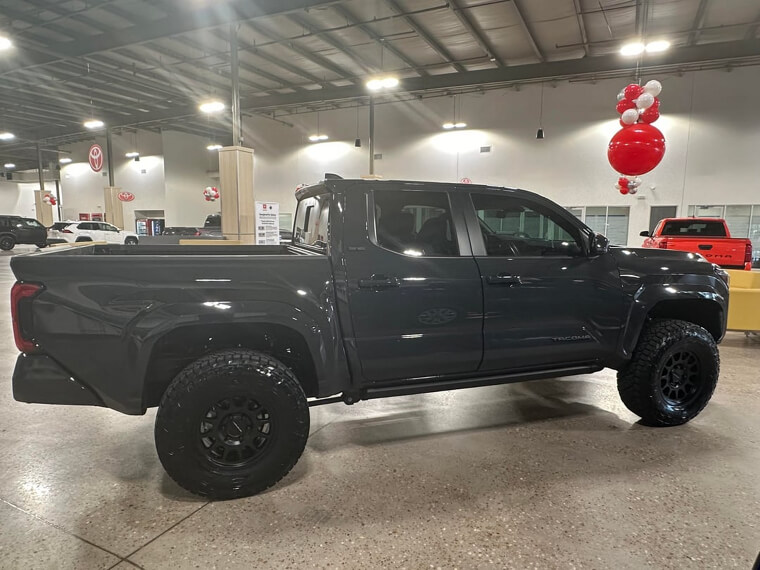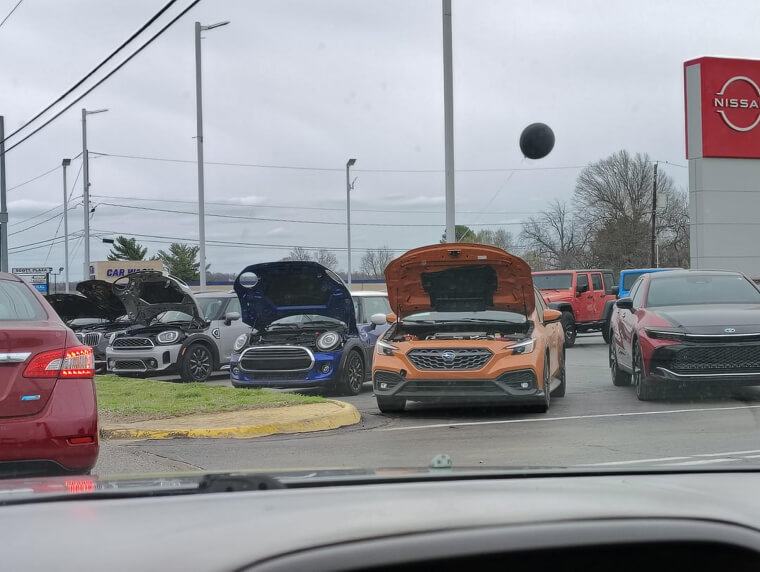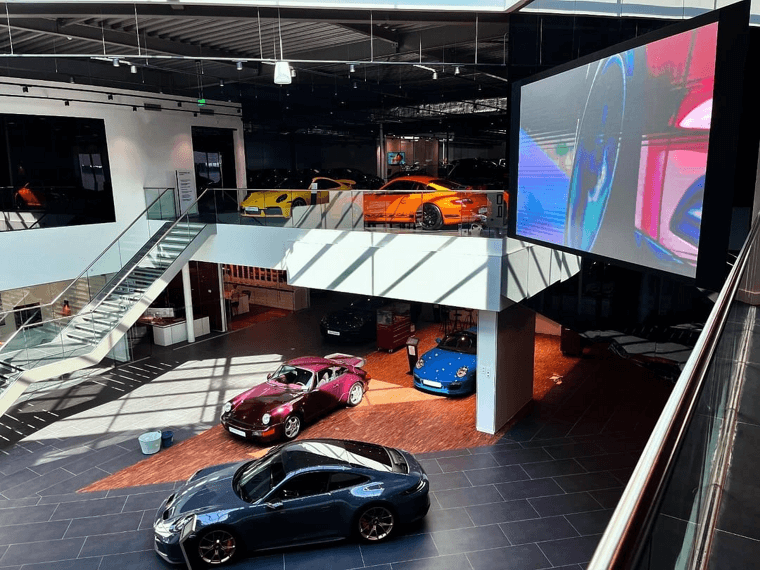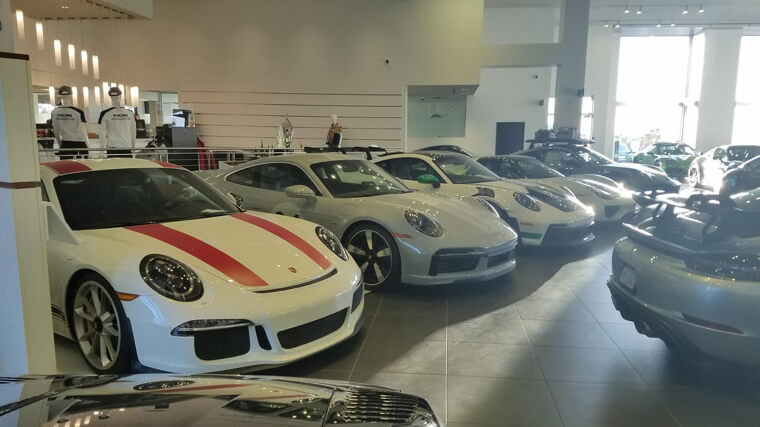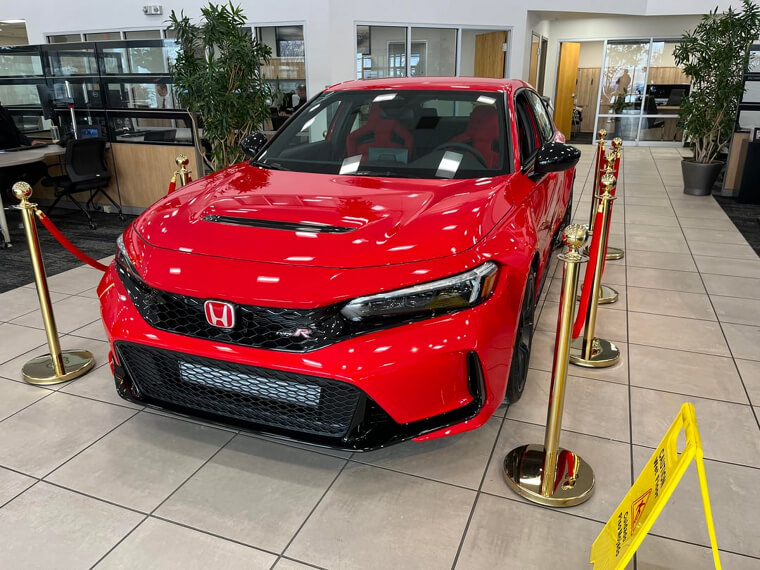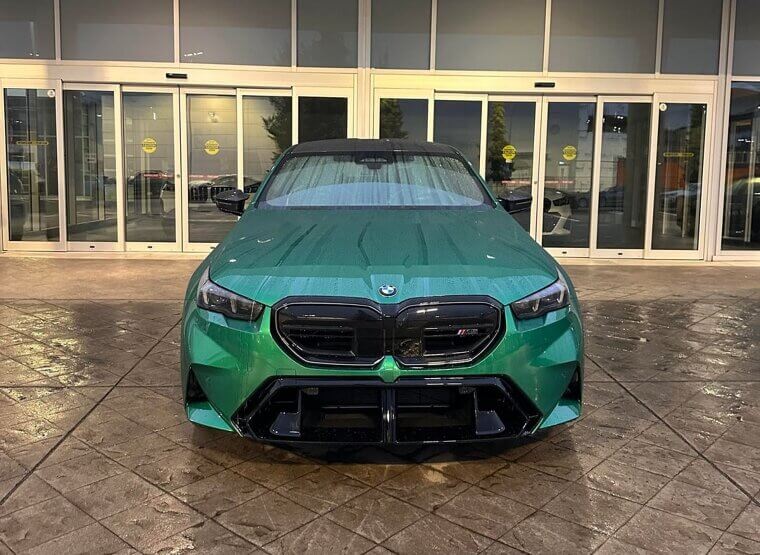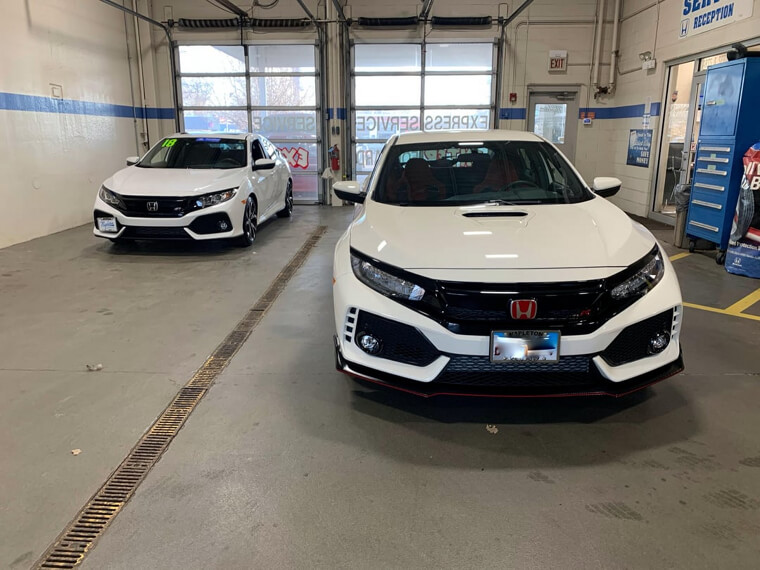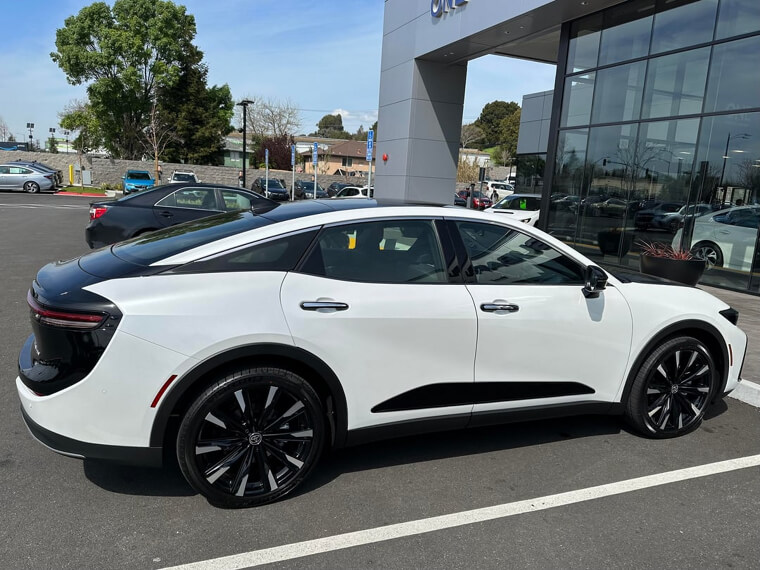Early Winter for Trucks and SUVs
When temperatures drop and bad weather arrives, interest in trucks and SUVs increases, but inventory also piles up as outdoor shoppers fade away. Some manufacturers adjust incentives to keep sales moving, especially in regions with harsh winters. Models that were popular in summer sometimes sit longer when cold weather brings new preferences. Dealerships respond with seasonal discounts to clear remaining stock before the next shipment arrives. Winter is also when manufacturers push their all wheel drive vehicles and often include promotional financing. Buyers willing to shop in cold weather frequently find strong deals simply because fewer people want to browse lots in freezing conditions. Determined shoppers benefit from lighter competition and more motivated sales teams.
End of the Model Year
When the next year’s vehicles start arriving, dealerships need space immediately. The outgoing models become a problem for them, not for you. They are still brand new, still fully warrantied, but suddenly treated like leftovers. Sales managers want the old stock gone before inventory audits, and that creates serious motivation to discount. This usually happens in late summer or early fall depending on the manufacturer. Buyers often find some of the deepest sticker price cuts of the year, especially on trims or colors that linger. It is also a great time to negotiate because the dealership knows every day those vehicles sit on the lot, they lose value. If you are not obsessed with having the absolute newest model year, this window offers large savings without sacrificing quality. It is the closest thing the car market has to an annual clearance sale, and smart buyers take full advantage.
End of the Month
Car dealerships track monthly goals aggressively. Sales staff, managers, and sometimes entire store teams earn bonuses when they hit certain numbers. As the end of the month approaches, pressure builds. If a dealership is close to a sales milestone, they become far more flexible on pricing and add ons. A single sale can help them cross a threshold that triggers incentive money from the manufacturer. Buyers who show up in the final days of the month often find that negotiation becomes easier and supervisors appear out of nowhere offering better numbers. It is not magic. It is simply the reality of how quotas work. The price you could not get on the first of the month suddenly becomes possible on the twenty eighth. If you want a strong negotiating position with minimal effort, timing your visit near the last few days is one of the most reliable strategies.
End of the Quarter
Quarterly numbers matter even more than monthly totals. Manufacturers analyze dealership performance every three months, and bonuses tied to these goals can be large. As the quarter closes, managers become extremely motivated to boost sales volume. If the dealership is behind target, your chances of getting a better offer rise dramatically. Even stores ahead of goal sometimes push harder to secure a stronger ranking. Buyers visiting at the end of March, June, September, or December often discover that previously firm prices become surprisingly flexible. A dealership might give up more profit per vehicle in exchange for hitting a volume bonus that pays much more. The key is patience and timing. If you can wait until the final week of a quarter, you gain leverage that buyers earlier in the cycle do not have.
Holiday Sales Events
Certain holidays have become unofficial car buying seasons. Presidents Day, Memorial Day, Fourth of July, Labor Day, and year end holidays all trigger large promotional campaigns. Manufacturers provide special financing rates, cash rebates, and dealer incentives designed to attract crowds. These offers vary each year, but the pattern remains consistent. Holiday weekends bring competitive pricing because rivals across town run similar promotions. Dealerships know buyers expect deals, and they respond with aggressive advertising. The atmosphere can feel chaotic, but the numbers often justify the trip. For buyers who do not want to negotiate heavily, holiday events offer structured discounts that require less effort. They may not be the absolute lowest prices of the year, but they provide reliable opportunities for savings. If you enjoy convenience and clear promotional pricing, holiday sales are one of the easiest ways to buy a car without overspending.
The Final Weeks of December
December is widely known among car experts as one of the strongest months for deals. The pressure from annual sales goals, quarterly goals, and monthly goals collide all at once. Dealers are highly motivated because their end of year performance affects future allocations, manufacturer incentives, and ranking. Buyers who shop in the final ten days of December often see generous discounts and better financing offers. It is also a month when many customers are preoccupied with holidays and travel, so foot traffic slows. Low showroom activity makes dealers more eager to close each sale. If you can shop after Christmas and before New Year’s Eve, you hit one of the most favorable windows of the entire automotive calendar. Many buyers save the most money of the year in this short span.
Late Winter for Sedans and Smaller Cars
While trucks and SUVs dominate winter advertising, smaller cars often receive quiet but meaningful discounts during late winter months. Demand for compact cars drops when people prioritize winter traction and ride height, so dealerships sometimes introduce special pricing on sedans they want gone before spring. Manufacturers also time certain incentives for early in the year to boost slow seasonal sales. For buyers not concerned about driving a smaller vehicle in winter, February and early March can offer excellent deals. Shoppers who appreciate fuel efficiency often benefit the most during this window, as prices briefly dip before spring tax return season increases demand again.
When a Redesigned Model Is on the Way
If a major redesign is scheduled for the next model year, the current version often becomes heavily discounted, even if it just arrived months earlier. Dealerships want to clear space for the updated design, and buyers who do not need the latest styling can save significantly. These cars are still new and fully equipped, but the anticipation of new features makes the outgoing version harder to sell. The result is one of the best opportunities for value driven buyers. You get a current model with a proven track record at a substantial discount simply because a newer design is coming. The earlier you learn about manufacturer redesign cycles, the more strategic your timing can be.
Tax Return Season
Late winter and early spring bring tax refunds, and dealerships know it. While this period is not always the cheapest time to buy, it can create opportunities depending on inventory and incentives. Some dealers offer promotional pricing knowing buyers have extra cash. Others push slow moving models to capture seasonal interest. This period rewards buyers who research pricing beforehand and are not swayed by flashy displays. While not the lowest prices of the year, tax season can provide good value when dealerships aim to capture the wave of shoppers ready to spend. Being informed and patient still matters, but buyers with a clear budget often find solid mid tier deals during this window.
When You Do Your Research Before Showroom Visits
Timing matters, but preparation matters even more. The best time to buy a car is whenever you walk into the dealership with solid knowledge of pricing, incentives, and other offers. Dealerships quickly recognize informed buyers and often present stronger deals to avoid losing the sale. If you arrive knowing the invoice price, the current manufacturer incentives, and competitor quotes, you create your own best time to buy. Pair this preparation with any timing advantage listed above and you maximize savings. Buyers who research carefully often secure better deals any month of the year simply because they know when a number is fair and when it is inflated. Knowledge is one of the most powerful tools in the car market.

